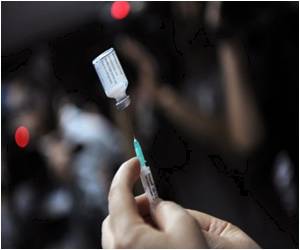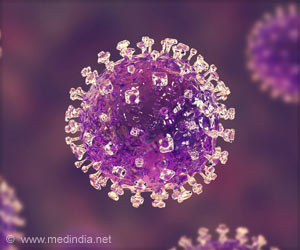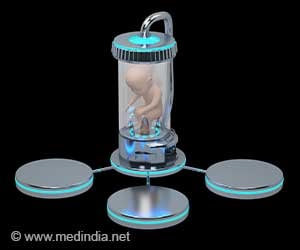
Killed virus vaccines against avian influenza are injected into the bloodstream, whereas this vaccine is given via nasal spray, thus mimicking the natural infection process, stimulating a stronger immune response.
The danger of current attenuated virus vaccines is that they might exchange dangerous genetic material with garden variety influenza viruses of the sort that strike annually, potentially rendering a lethal but very hard to transmit influenza virus, such as H5, easily transmissible among humans.
To mitigate those dangers, the study authors, led by Daniel Perez of the University of Maryland, came up with an ingenious design.
Influenza viruses carry their genetic material in eight "segments," coauthor and University of Maryland colleague Troy Sutton said.
When viruses reassort, they exchange segments. But each segment is unique, all eight are needed, and the viruses are unfit if they contain more than eight segments.
Advertisement
Segment 8, which is composed of the so-called NS1 and NS2 genes, was split apart, and the NS2 gene was moved into segment 2, adjacent to the polymerase gene, which copies the virus' genetic material during replication.
Advertisement
The next step was to engineer the H5 gene into the vaccine. It was inserted into segment 8, where the NS2 gene had been.
Another aspect of the new vaccine's design makes it safer still, by rendering successful reassortment less likely. Both NS1 and NS2 are needed for viral replication.
Since the two genes are now separated into different segments, any reassortment will have to include both segments, instead of just segment 8, in order for a reassortant virus to be viable. This greatly reduced the probability of successful reassortment.
The research is published online ahead of print in the Journal of Virology.
Source-ANI













